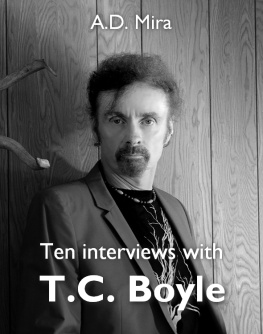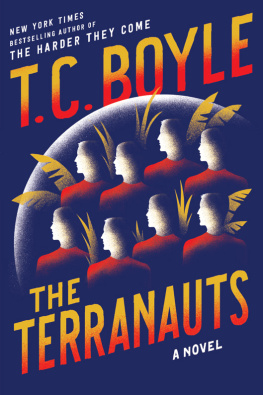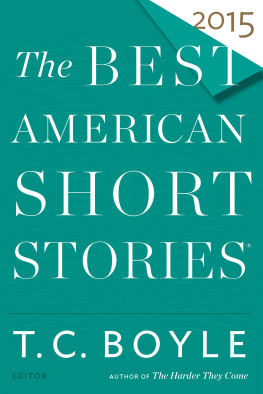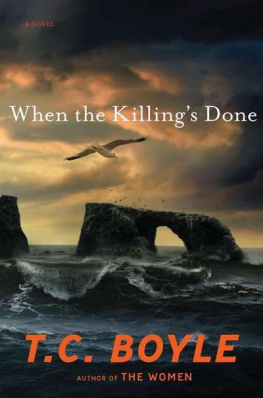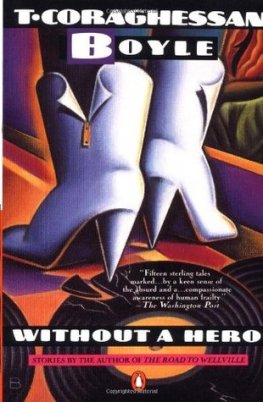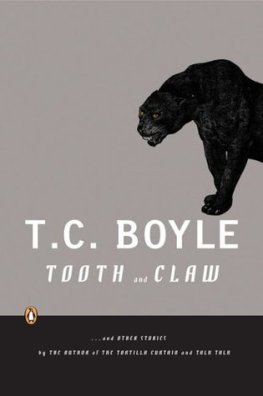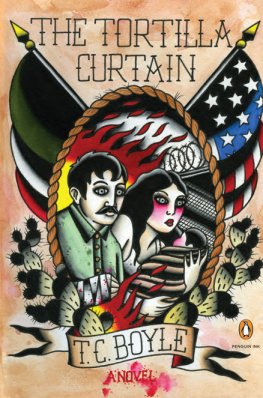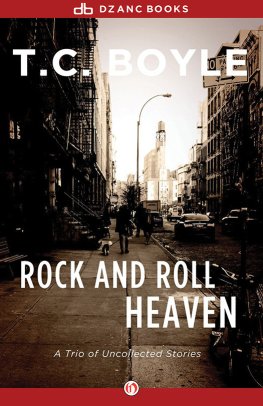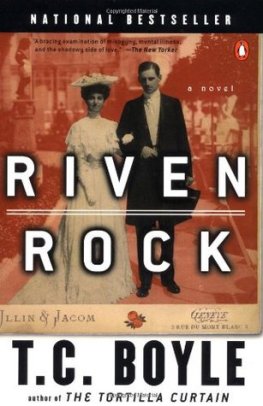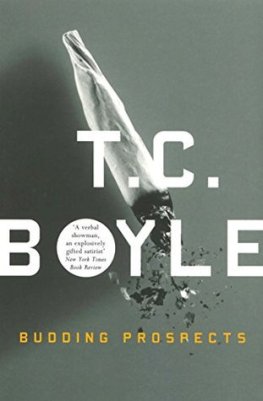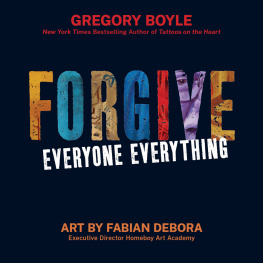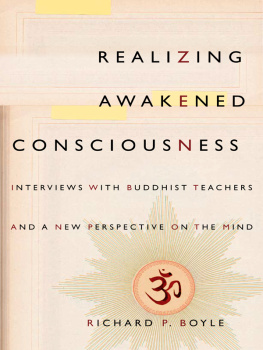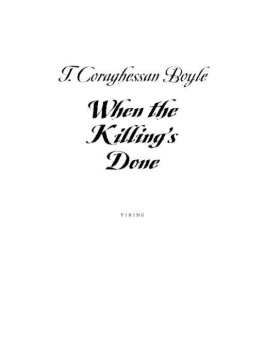T.C. Boyle - Ten interviews with T.C. Boyle
Here you can read online T.C. Boyle - Ten interviews with T.C. Boyle full text of the book (entire story) in english for free. Download pdf and epub, get meaning, cover and reviews about this ebook. genre: Art. Description of the work, (preface) as well as reviews are available. Best literature library LitArk.com created for fans of good reading and offers a wide selection of genres:
Romance novel
Science fiction
Adventure
Detective
Science
History
Home and family
Prose
Art
Politics
Computer
Non-fiction
Religion
Business
Children
Humor
Choose a favorite category and find really read worthwhile books. Enjoy immersion in the world of imagination, feel the emotions of the characters or learn something new for yourself, make an fascinating discovery.
Ten interviews with T.C. Boyle: summary, description and annotation
We offer to read an annotation, description, summary or preface (depends on what the author of the book "Ten interviews with T.C. Boyle" wrote himself). If you haven't found the necessary information about the book — write in the comments, we will try to find it.
Ten interviews with T.C. Boyle — read online for free the complete book (whole text) full work
Below is the text of the book, divided by pages. System saving the place of the last page read, allows you to conveniently read the book "Ten interviews with T.C. Boyle" online for free, without having to search again every time where you left off. Put a bookmark, and you can go to the page where you finished reading at any time.
Font size:
Interval:
Bookmark:


Saturday 28 February 2009
Life, says TC Boyle, "is tragic and absurd and none of it has any purpose at all." He is sitting contentedly with a glass of wine in the west room of his Frank Lloyd Wright house in Montecito, California. "Science has killed religion, there's no hope for the future with seven billion of us on the planet, and the only thing you can do is to laugh in the face of it all."
T Coraghessan Boyle, as he used to call himself, has always enjoyed making mincemeat of conventional pieties. He emerged in the 1980s as a satirical novelist and short-story writer with a black sense of comedy and an exuberant prose style. He dressed like a rock star, and his self-chosen middle name, pronounced Cor-rag-essan, sounded like a battle cry. In 1993 he gave a famous free reading in Central Park with Patti Smith, and today, at 60, with 12 successful novels and a 750-page volume of short stories lined up in hardback on the burnished redwood shelf above his fireplace, he still looks like a punk Mephistopheles.
The house is a low, spreading, cruciform structure of redwood and glass, built in the prairie style with a Japanese influence, and Boyle's latest novel, The Women, is about its architect. "I really didn't know much about Frank Lloyd Wright when we bought the house in '93. Living here, I got curious and started reading about him and found out what a bizarre, outlandish character he was, with all this incredible turmoil in his personal life, and I knew I had to write about him."
Architecture is touched on in The Women, but the novel's main concern is Wright's scandal-racked love life and how it was experienced by the four women involved. "All the events in the book are taken from the newspaper accounts and biographies, and I really put my soul into trying to keep the details accurate," Boyle says. "Where the fictional process is at work is when I enter the heads of the characters and imagine what they were thinking, and why they did what they did." He based his main narrator, a Japanese apprentice called Tadashi Sato, on the many international architecture students that Wright charged for the privilege of doing his cooking and cleaning, and who were required to obey all his commands without question.
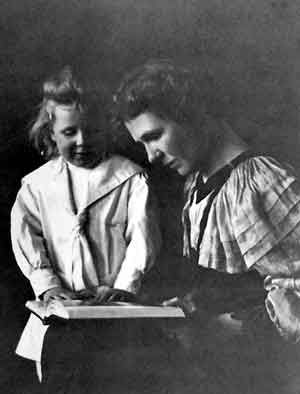
Kitty Tobin
Wright's first wife was the long-suffering Kitty Tobin. They married young and had six children, and then he fell in love with one of her best friends, an early feminist called Mamah Borthwick Cheney, who was also married with children. Publicly announcing their freedom to follow their hearts and hounded by the press, Frank and Mamah went off to live together at Taliesen, a shimmering country estate in Wisconsin that Wright built as his own private utopia. In 1914, while Wright was away on business, Mamah was murdered there by a crazed manservant with an axe. In the same rampage, he killed her two visiting children and four other adults, wounding two more and setting a fire that burned Taliesen almost to the ground.
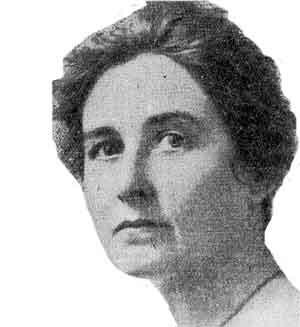
Mamah Borthwick Cheney
The next woman in his life was Maude Miriam Noel, a passionate, morphine-addicted Southern belle, and for Boyle, the most enjoyable character in the novel to write. "Miriam was beautiful, delusional, heartbreaking, and she did all these wild, insane things which to her made perfect sense. She came to dominate my life and the book because I found it so interesting being inside her head."
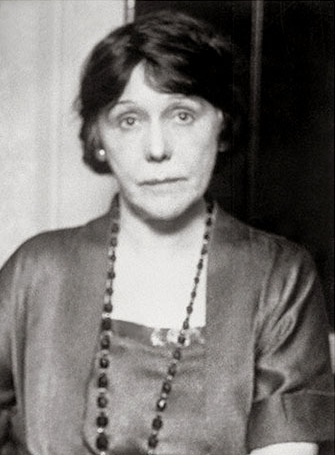
Miriam Noel Wright (1925)
After she left Wright, and he realised he no longer wanted her back, Miriam became consumed by vengefulness and spent the rest of her life trying to destroy him with increasingly deranged lawsuits, criminal complaints and media campaigns. Wright, meanwhile, had taken up with Olgivanna Milanoff, a statuesque Montenegrin beauty and follower of the Russian mystic Gurdjieff, who bore him two more children and became known as "the Dragon Lady" among the coterie of apprentices at the rebuilt Taliesen.

Olga (Olgivanna) Ivanovna Milanoff, Circa 1924
"Wright was a classic narcissistic personality," says Boyle. "The kind of person who doesn't care what other people want, or who they are, and can't even imagine that they might have emotions and desires of their own. Other people existed only to serve his needs, and I find that fascinating in a cautionary way."
Frank Lloyd Wright is not the first domineering genius to move from the pages of history into a TC Boyle novel. That distinction goes to John Harvey Kellogg, the inventor of corn flakes, who was the subject of his 1993 novel The Road to Wellville and the film of the same name. Then came the sex researcher Alfred C Kinsey in The Inner Circle, published in 2004. "I suppose the three of them do make a trinity, although I didn't realise it when I started on Wright," Boyle says. "They're the great egomaniacs of the 20th century. I don't think any of them would have made a good companion, let alone a husband, and if the three of them had ever met, they probably would have killed and eaten each other."
All three surrounded themselves with acolytes whom they abused in various ways, and all three were genuine visionaries, who permanently changed the way we see personal health, sex and the possibilities of architecture. "The most bizarre was certainly Kellogg with his enema regimes and his crazed health-food obsessions, but he also had some good ideas - that we should eat less meat, take exercise and get fresh air. Kinsey was essentially a sexual predator who was bisexual at a time when that couldn't be admitted, especially in his position as a respected professor of sex research. And Wright was a con man and he had to be. For me to make my art, all I need is a room, a computer or a typewriter and a ream of paper. For him to make his art, he had to convince a patron to lay out all this money, and it was never enough for what he wanted to do."
Wright had very few repeat clients, and it wasn't just because of financial chicanery. "He was so much of a control freak that he hated the idea that someone was going to move into his house, bring in their baggage and ruin his beautiful design. In a couple of cases he got all his own furniture made for a house and even designed the clothing of the housewife. It's like a kid playing with a dollhouse and manipulating figures who aren't really human."
Similar criticism has been levelled against Boyle's fiction. "Boyle is not psychological," Lorrie Moore has written. "He's all demography and zeitgeist." The critic Bill Seligman has argued: "[He] can write and he can imagine, with more energy than any of his contemporaries. But energy isn't enough; there's only so far you can go on sheer technique. And until he goes further, he'll remain a satirist cut off from the oxygen of morality."
Font size:
Interval:
Bookmark:
Similar books «Ten interviews with T.C. Boyle»
Look at similar books to Ten interviews with T.C. Boyle. We have selected literature similar in name and meaning in the hope of providing readers with more options to find new, interesting, not yet read works.
Discussion, reviews of the book Ten interviews with T.C. Boyle and just readers' own opinions. Leave your comments, write what you think about the work, its meaning or the main characters. Specify what exactly you liked and what you didn't like, and why you think so.

